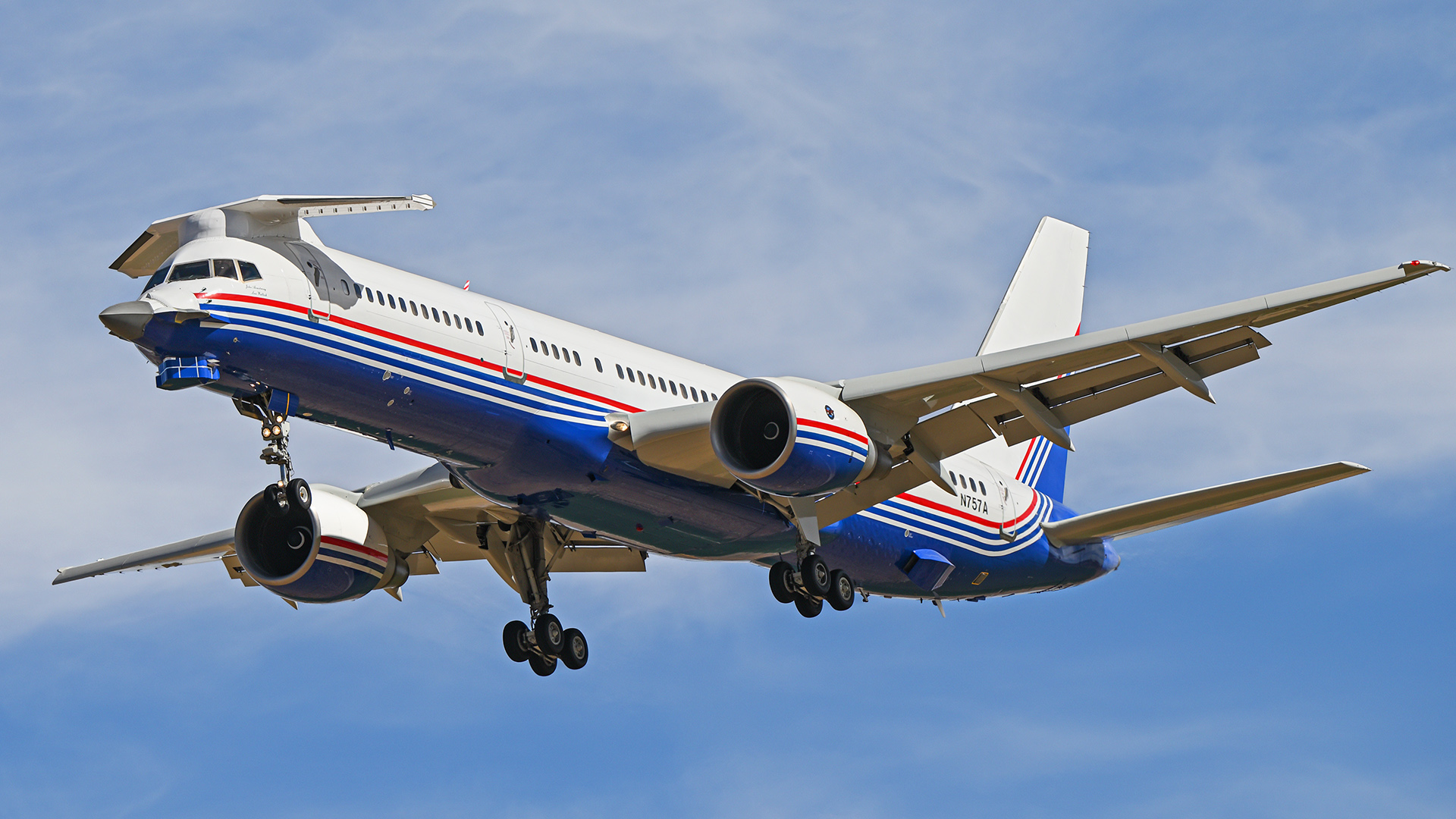As if it didn’t have a distinctive enough look already, Boeing’s 757 Flying Test Bed — better known as ‘The Catfish’ due to its unique and highly modified nose profile — has got some striking new colors. The red, white, and blue scheme is a direct reference to the livery this very same aircraft originally wore, as the prototype for the 757 family.
Aviation photographer @Task_Force23 has shared with us photos of the repainted Catfish, N757A, Boeing’s first 757 that made its maiden flight on February 19, 1982. He captured the jet on its arrival at Palmdale, California, on October 21, after flying in from St. Louis, Missouri.
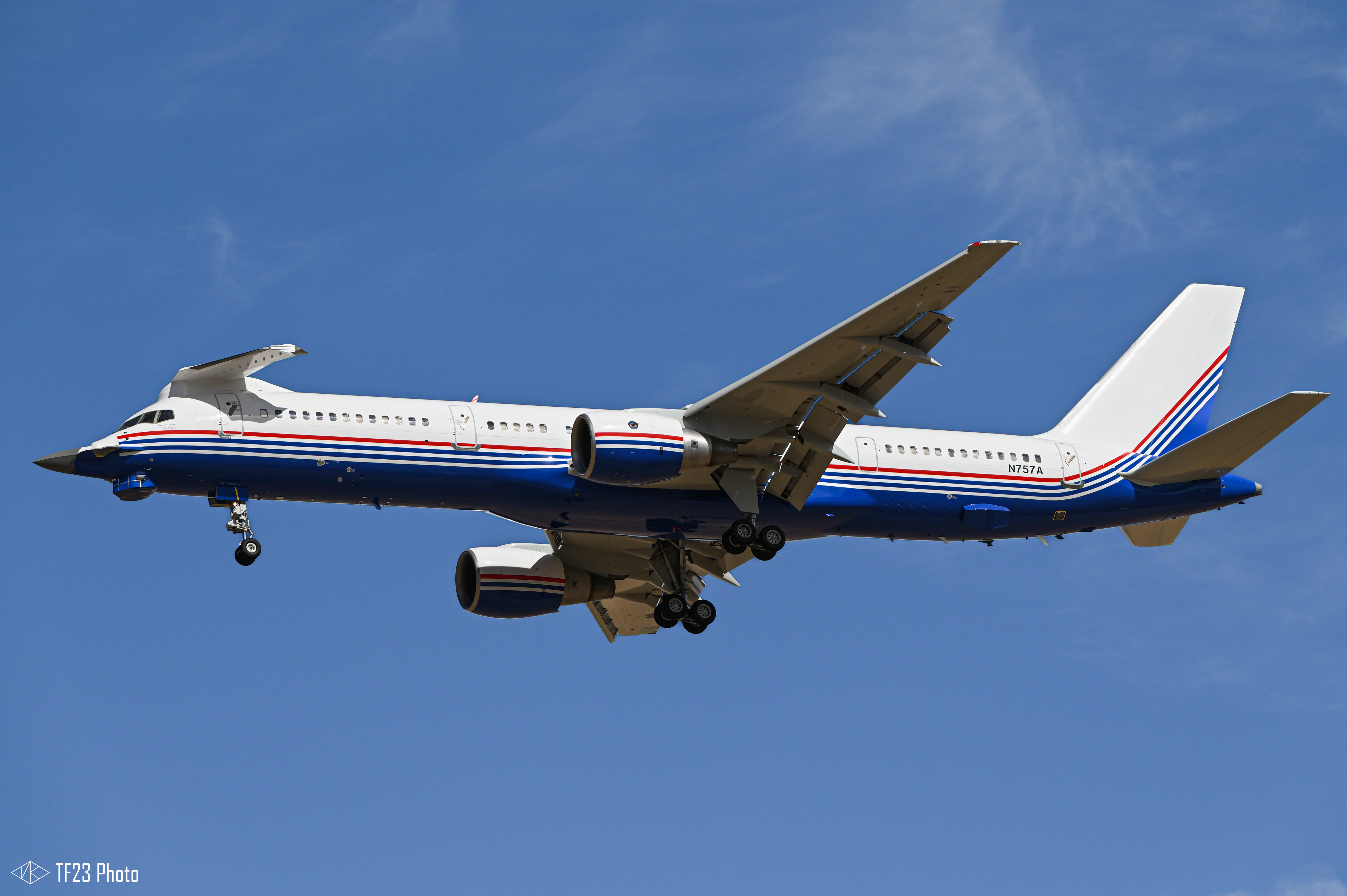
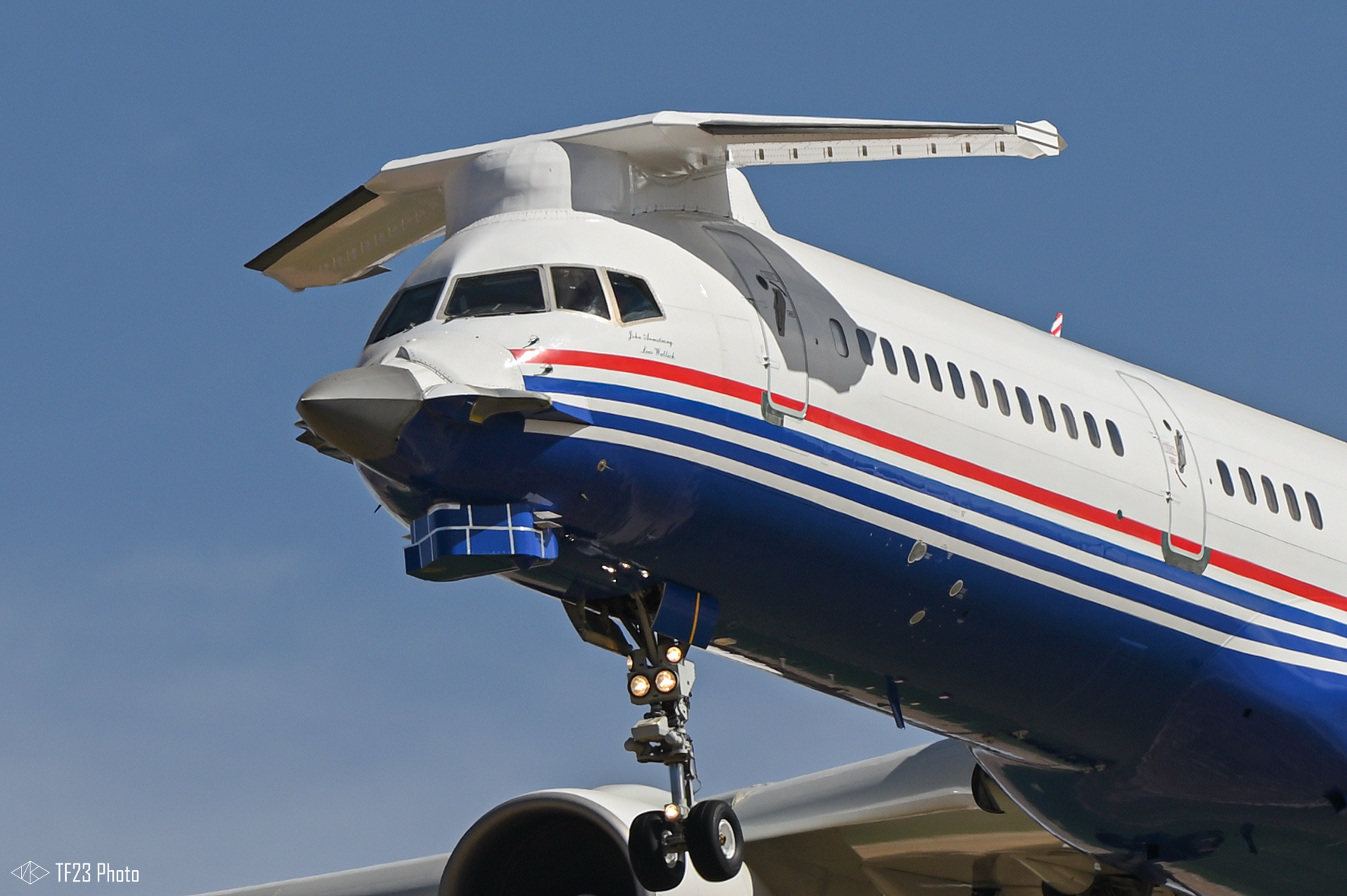
It appears that the Catfish emerged from the paint hangar in Amarillo, Texas, in late July of this year, with its early-1980s livery reapplied.
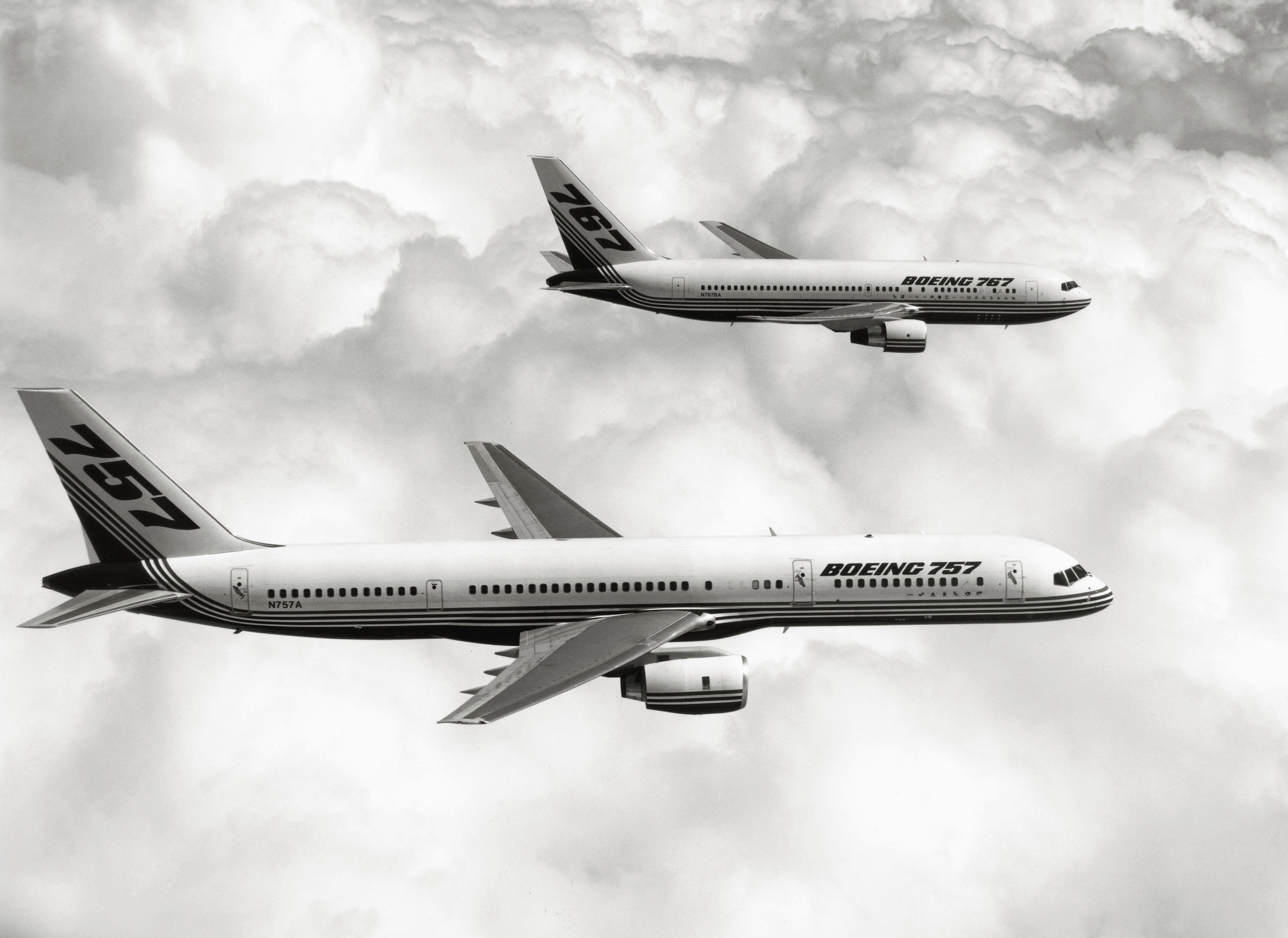

Prior to this summer’s repaint, the Catfish was being operated in an unremarkable white scheme, with pale gray undersides, separated by a modest blue cheatline.
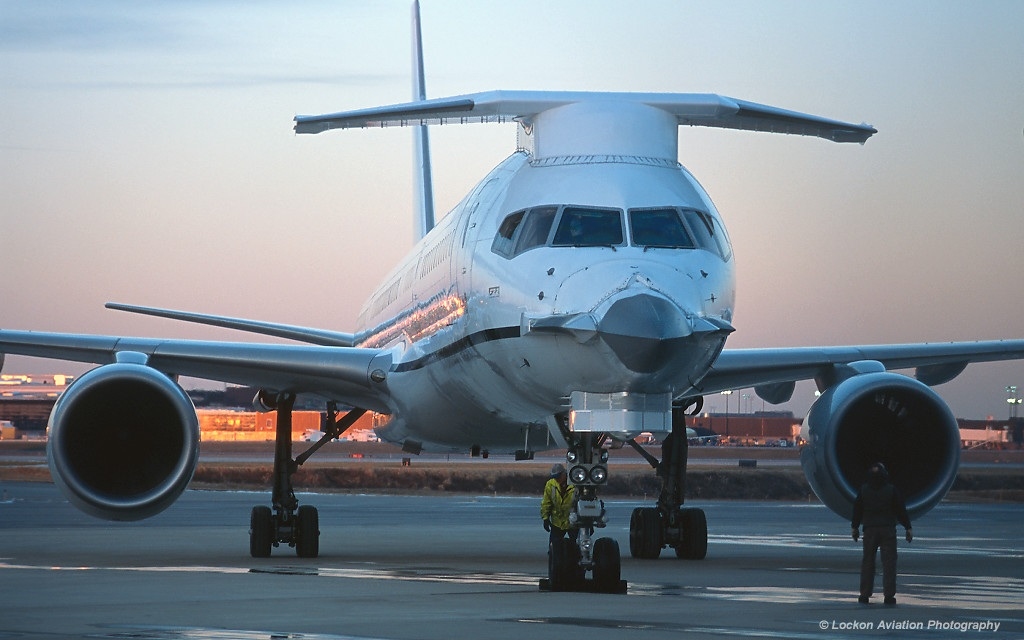
It’s not clear exactly why the jet’s original colors were reinstated at this point, but they certainly make N757A look even more striking. One possibility is to mark 25 years in service as a vital testbed used to perfect the F-22’s ever-evolving avionics suite.
The Catfish’s current job in support of the F-22’s sensor suite is reflected in the Raptor nose grafted onto the forward fuselage, containing the AN/APG-77 active electronically scanned array (AESA) radar. A swept-wing section atop the flight deck houses conformal antennas for the Raptor’s AN/ALR-94 electronic support measures suite.
Less obvious is the Catfish’s use as a test platform for the F-22’s electronic warfare suite, low probability of intercept datalink, AN/AAR-56 IR/UV missile approach warning system, secure communications systems, and various other tactical subsystems.
Inside the cabin of the 757 are computer workstations, server racks, and even a replica of the F-22 cockpit, with primary and secondary displays, as well as a throttle and stick, providing the highest level of realism for testing, including recreating the kinds of tactical and environmental scenarios that F-22 pilots would be exposed to in real life. Altogether, there is room on the aircraft for up to 30 software engineers and technicians to evaluate the avionics during testing.

While production of the F-22 was wrapped up back in 2011, it is still the U.S. Air Force’s premier air dominance fighter, and its sensor suite remains incredibly powerful. Continued trials involving the Catfish ensure that the Raptor remains on top of its game. This is primarily effected through incremental upgrades to the fighter’s hardware and software, most of which have been aided by the Catfish, which also plays a smaller role in the development of new tactics.
As well as its usual home on the secure military ramp at Boeing Field, Seattle, the Catfish periodically deploys to Edwards Air Force Base, California, or Nellis Air Force Base, Nevada, for development work, as well as taking part in major test events and exercises. For cross-platform integration, it has also been flown alongside other integrated testbeds, including the F-35’s Cooperative Avionics Testbed — nicknamed the CATbird — and additional platforms used by Northrop Grumman, Raytheon, and others.
Under the Air Force’s Next Generation Air Dominance (NGAD) program, the Catfish is almost certainly playing an active role in the development of the F-22’s successor. With the F-22 now being used as something of a test surrogate for technologies that are being developed under NGAD, as well as adopting technologies that have been designed for NGAD, the 757 Flying Test Bed will be feeding into both those programs.
While there’s a long tradition of using surrogate aircraft as avionics testbeds, it’s interesting that the Catfish in particular seems to have influenced at least one similar platform operated by one of America’s major military rivals.
In China, a specially adapted Russian-made Tupolev Tu-204C — itself essentially a clone of the 757 — is used for avionics testing. As you can read about here, this aircraft is being used as a flying integrated avionics testbed for the J-20 stealth fighter, Beijing’s closest answer to the F-22.
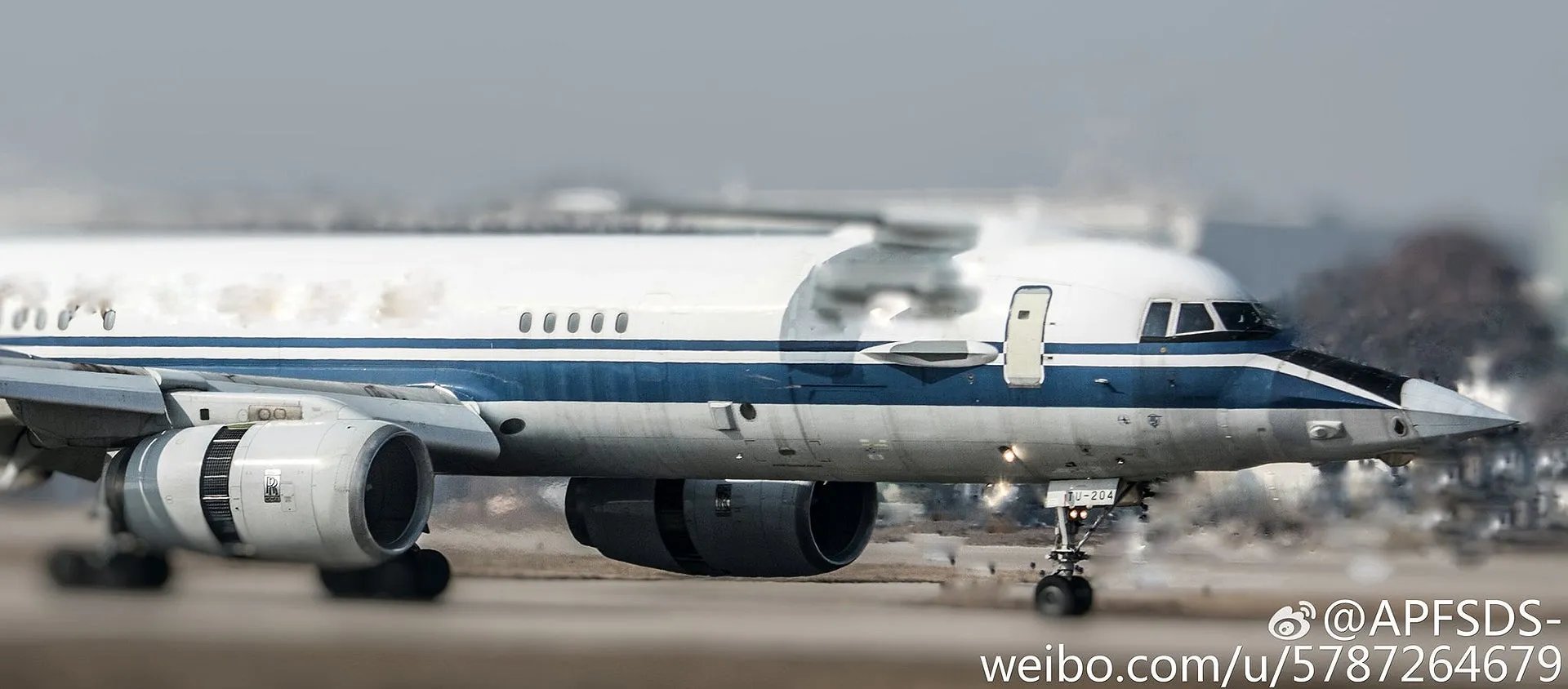
There have been growing questions about the long-term future of the F-22 in recent years. However, in July of this year, the head of Air Combat Command said there is now no planned replacement for its Raptor fleet. With that in mind, the Catfish is likely to continue its valuable work for some time to come. It will now be doing this in red, white, and blue colors that pay tribute to Boeing’s classic 757 family of airliners.
Contact the author: thomas@thewarzone.com
